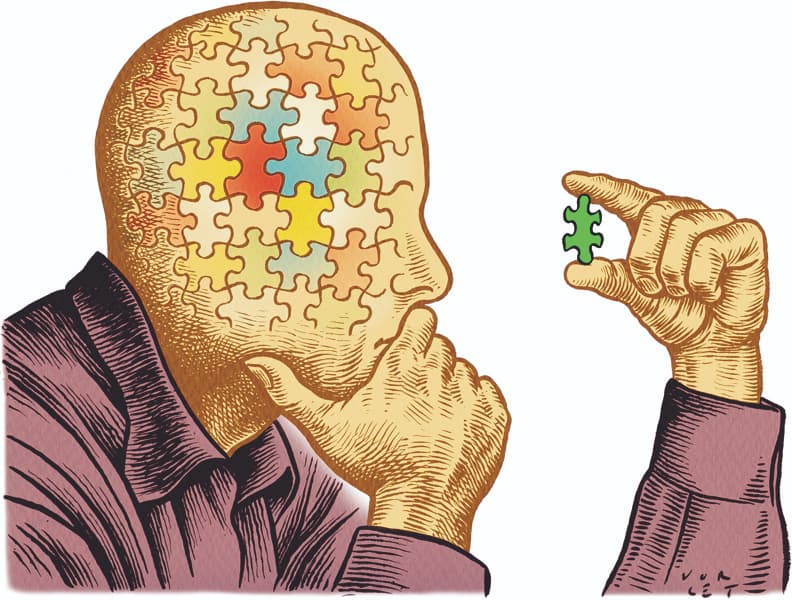Writing essays may involve combining a multitude of sources which support whatever arguments you want to make for your assignment. An important factor which determines one’s essay quality is whether they show how the arguments and opinions displayed by different writers in their journal articles interact with one another - if they were to be in the same room, what would they say and what would they respond to one another’s arguments? Thus, here are some tips that have helped me be more critical in my essays:
-
Question assumptions: Identify and challenge any underlying assumptions presented in the essay. Consider whether these assumptions are adequately justified and explore alternative perspectives that may challenge or refine them.
-
Engage with counterarguments: Acknowledge and address counterarguments or opposing viewpoints relevant to your topic. Analyze these perspectives thoughtfully, highlighting their strengths and weaknesses before presenting a well-reasoned response.
-
Evaluate evidence: Scrutinize the evidence presented in the essay, assessing its relevance, reliability, and credibility. Look for gaps or inconsistencies in the evidence and consider how it supports or undermines the central arguments being made.
-
Consider the context: Examine the broader social, cultural, historical, or theoretical context surrounding your topic. Evaluate how contextual factors may influence the interpretation of evidence or the validity of arguments presented in the essay.
-
Seek diverse perspectives: Incorporate a range of perspectives and sources into your analysis to enrich your understanding of the topic. Engage with viewpoints that may differ from your own, fostering a more comprehensive and nuanced discussion.
-
Reflect on bias: Reflect critically on any potential biases present in the essay, whether they relate to the author’s perspective, the sources cited, or the framing of the argument. Consider how bias may impact the presentation and interpretation of information.
-
Propose alternative solutions: Offer alternative solutions or approaches to the problem or issue discussed in the essay. Evaluate the strengths and weaknesses of these alternatives, comparing them to the proposed solutions and considering their potential implications.
-
Encourage debate: Foster an environment for critical debate and discussion within the essay, inviting readers to engage critically with the ideas presented. Encourage readers to question assumptions, challenge arguments, and explore alternative viewpoints.
